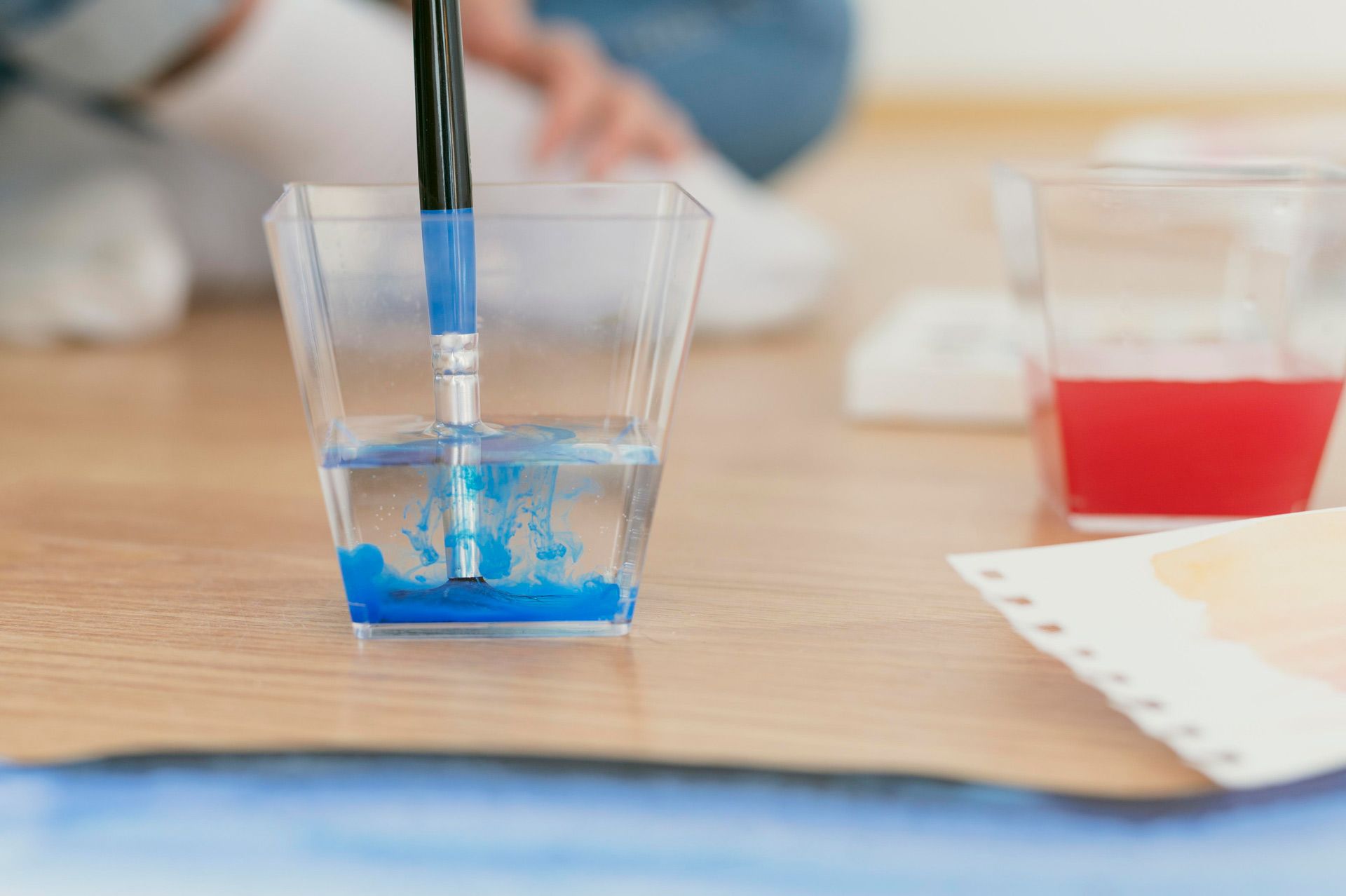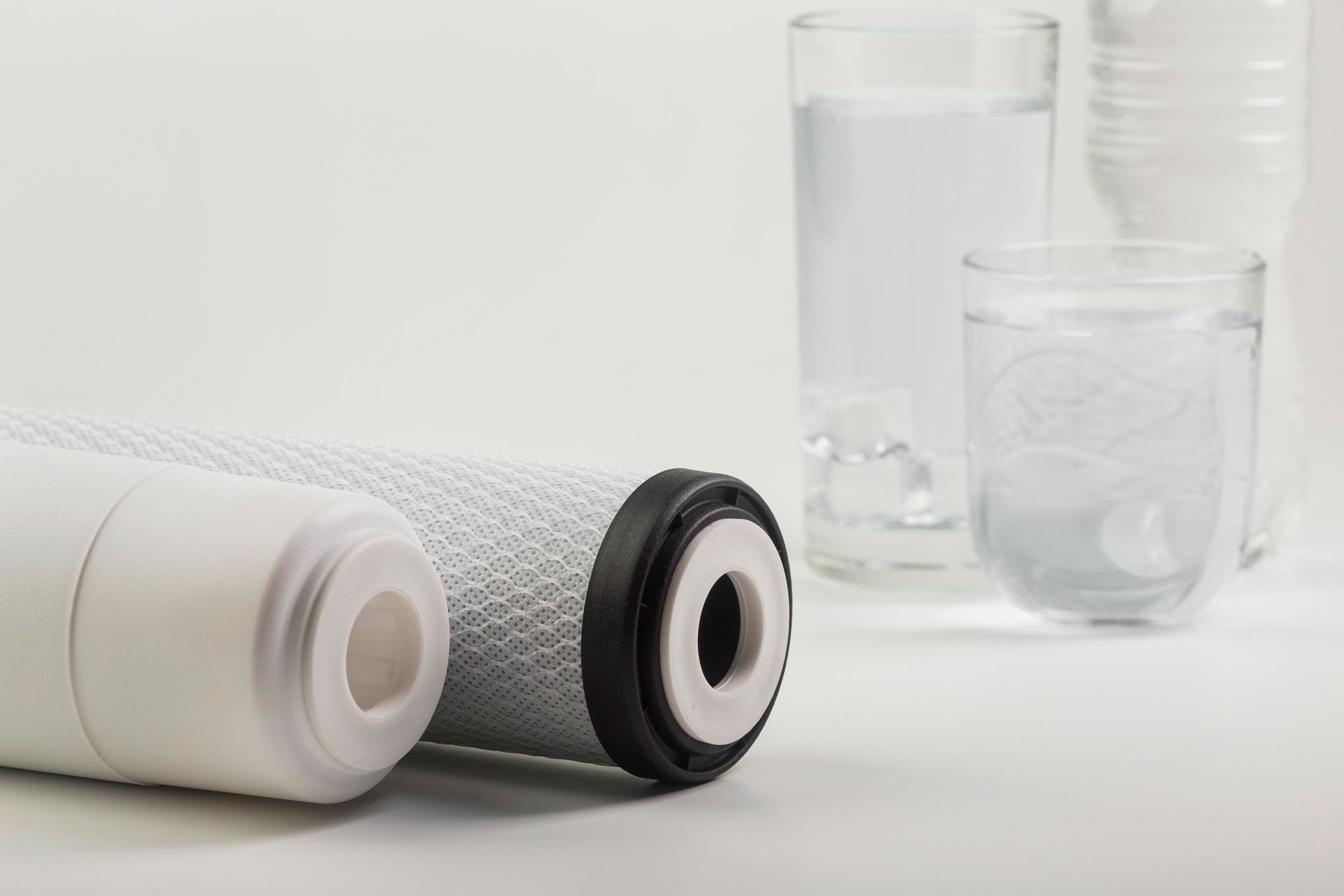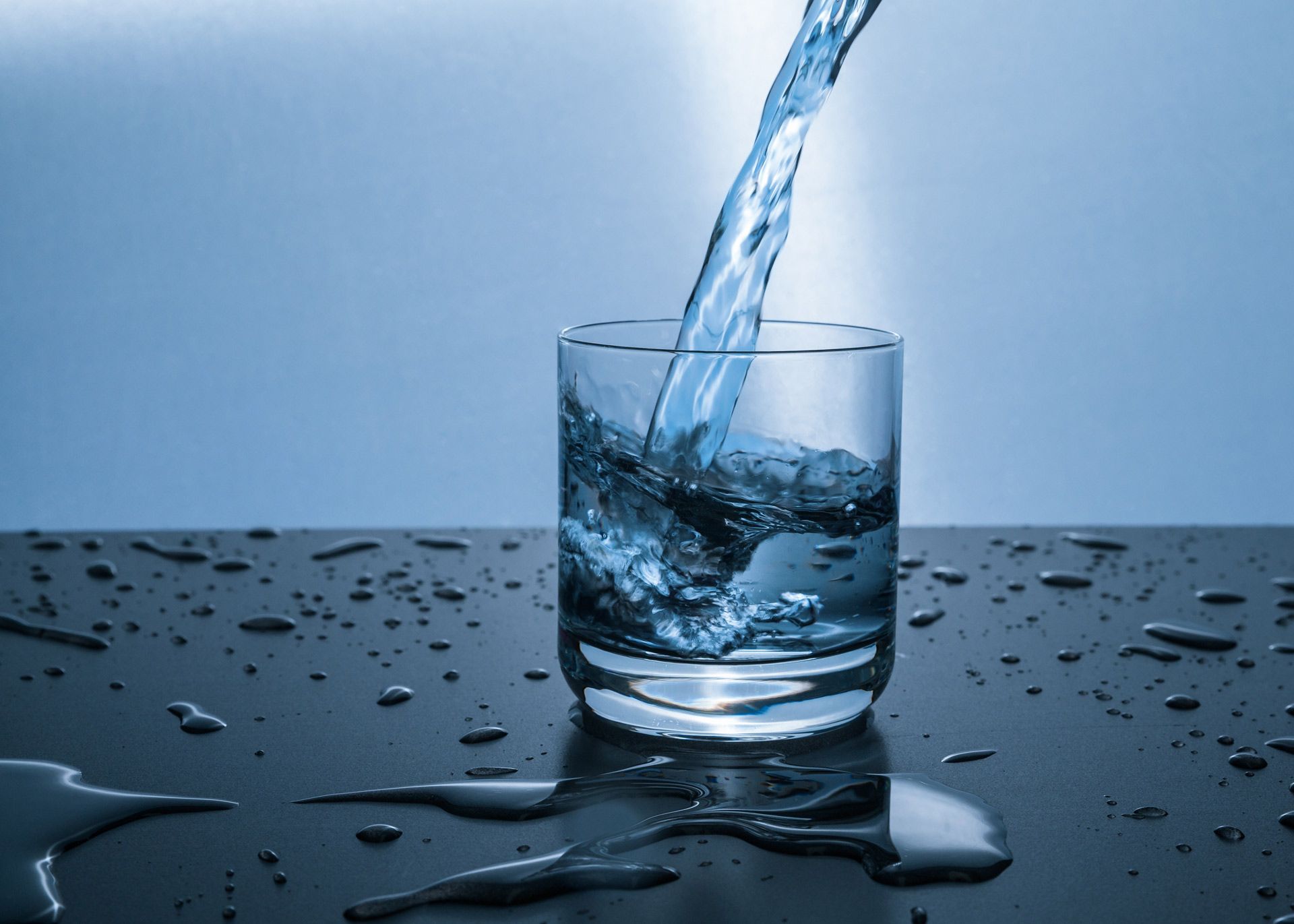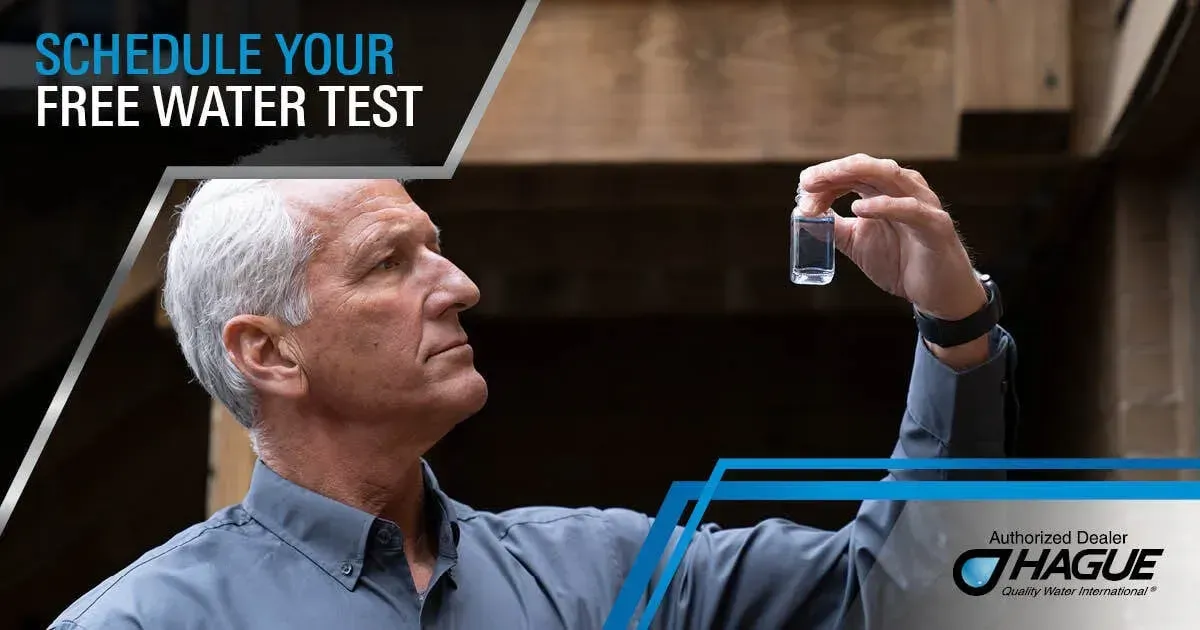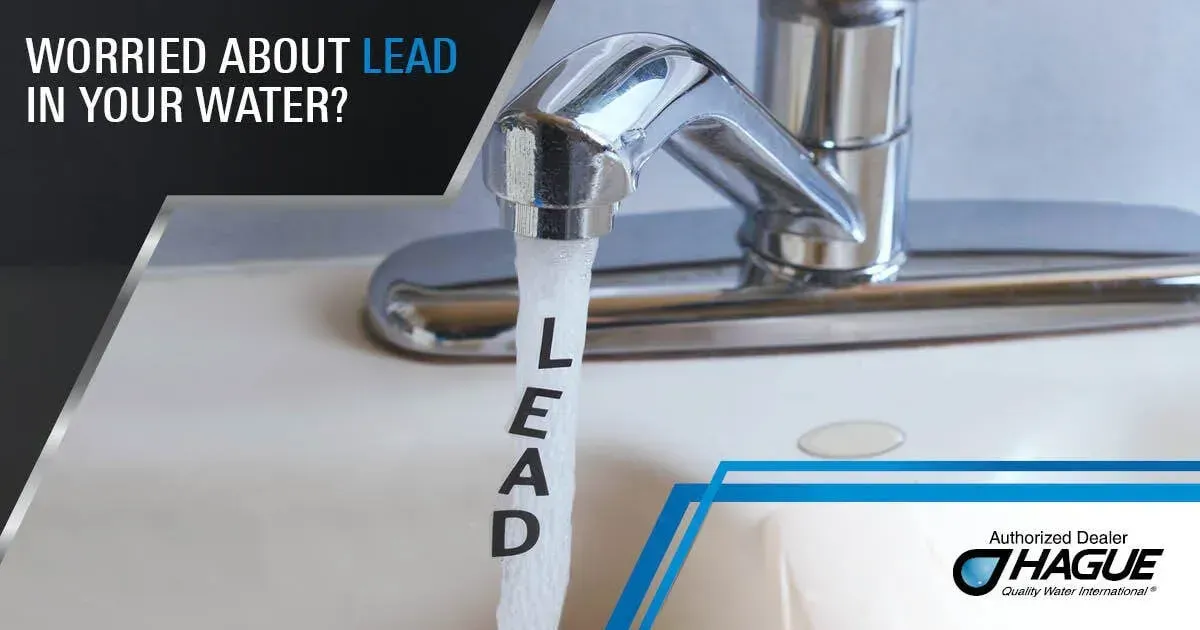When Sediment Becomes a Problem: Water Filtration Solutions in Plainfield
October 13, 2025
Introduction
You turn on the tap, and instead of crystal-clear water, you notice a cloudy haze or tiny particles floating in your glass. Maybe your faucet aerators clog faster than usual, or your washing machine is wearing out prematurely.
These issues are often caused by sediment in your water supply — a common problem for many Plainfield, IN homes. Sediment can be harmless in small amounts, but when it becomes excessive, it damages plumbing, shortens appliance lifespan, and makes water unpleasant to use.
In this article, we’ll explore why sediment shows up, what problems it can cause, and what filtration solutions Plainfield homeowners can use to restore clean, clear water.
Understanding Sediment in Water
Sediment refers to particles suspended in water, such as sand, silt, rust, and other debris. While some sediment occurs naturally, too much of it can be a sign of a bigger issue.
Common Sources of Sediment
Before you can solve the problem, it helps to know where sediment comes from. Some common sources include:
- Well water drawing in sand or silt, especially if the well screen is damaged
- Municipal line disturbances, such as water main breaks or hydrant flushing
- Aging plumbing systems shedding rust and scale from the inside of pipes
- Seasonal changes that affect groundwater tables and water clarity
Signs Sediment is a Problem
Here are some clear indicators that sediment is becoming an issue in your home:
- Gritty particles in sinks, tubs, or toilets
- Cloudy or discolored water when filling a glass
- Faucet aerators and showerheads clogging often
- Appliances like dishwashers or water heaters failing earlier than expected
- Laundry that comes out with residue or staining
Water Filtration Solutions for Sediment Problems
Once you confirm sediment is the cause, you have several filtration options to consider.
Common Filtration Methods
Each solution works best in specific situations. Here are the most common:
- Sediment Cartridge Filters – Installed at the main water entry point, trapping sand, silt, and rust particles. Cartridges must be replaced on a schedule.
- Spin-Down or Flushable Filters – Ideal for heavy sediment loads, these use a mesh screen that you can manually flush clean instead of replacing.
- Backwashing Filters – Automatic systems that clean themselves, perfect for high sediment volume without constant filter changes.
- Whole-House Filtration Systems – Multi-stage setups that remove sediment plus other contaminants like chlorine, iron, or bad taste and odor.
Benefits of Proper Filtration
Installing the right sediment filter offers major advantages:
- Protects pipes and plumbing fixtures from buildup
- Prevents premature wear on water-using appliances
- Reduces cleaning time by keeping sinks, tubs, and toilets clearer
- Delivers better-tasting, visually clean water throughout the home
Step-by-Step Guide to Solving Sediment Issues in Plainfield
To get the best results, follow this process when dealing with sediment in your water:
- Get a Professional Water Test
Identify what type of particles are present — sand, rust, silt — and measure the amount. - Inspect Your Water Source
Well owners should check the well casing and pump. City water users should confirm there haven’t been line breaks or repairs nearby. - Choose the Right Filter Type
Select a filter with the right micron rating and flow capacity to match your sediment levels without reducing water pressure. - Plan for Maintenance
Cartridge filters need regular replacement, while spin-down filters need to be flushed. Choose a system that fits your schedule and comfort level. - Consider a Whole-House System if Needed
If sediment isn’t the only problem — for example, if you also have iron, chlorine, or hard water — a multi-stage system might be more cost-effective. - Schedule Professional Installation
Proper placement at the main water entry ensures your entire home is protected without reducing pressure.
Frequently Asked Questions
What causes sediment in city water?
Sediment can enter water during main breaks, line flushing, or nearby construction that stirs up debris.
Can sediment damage appliances?
Yes. Particles can clog valves, wear down seals, and cause dishwashers and washing machines to fail early.
How often should sediment filters be changed?
Cartridge filters are usually changed every 3–6 months, but frequency depends on your water quality and usage.
What micron rating should I choose for a filter?
Larger particles are caught by 20–50 micron filters, while finer sediment may need a 5-micron filter. Too fine a filter may reduce water pressure, so sizing is key.
Will a water softener remove sediment?
No. Softeners address hardness minerals but do not filter out sand, silt, or rust. A pre-filter is recommended.
Conclusion
Sediment may seem like a minor inconvenience, but over time it can damage appliances, clog pipes, and waste hours of your time cleaning fixtures.
Plainfield homeowners can solve this problem with the right filtration solution, whether it’s a simple cartridge filter, a flushable spin-down, or a whole-house system. By testing your water, choosing the right system, and maintaining it properly, you can restore crystal-clear water and protect your home for years to come.

